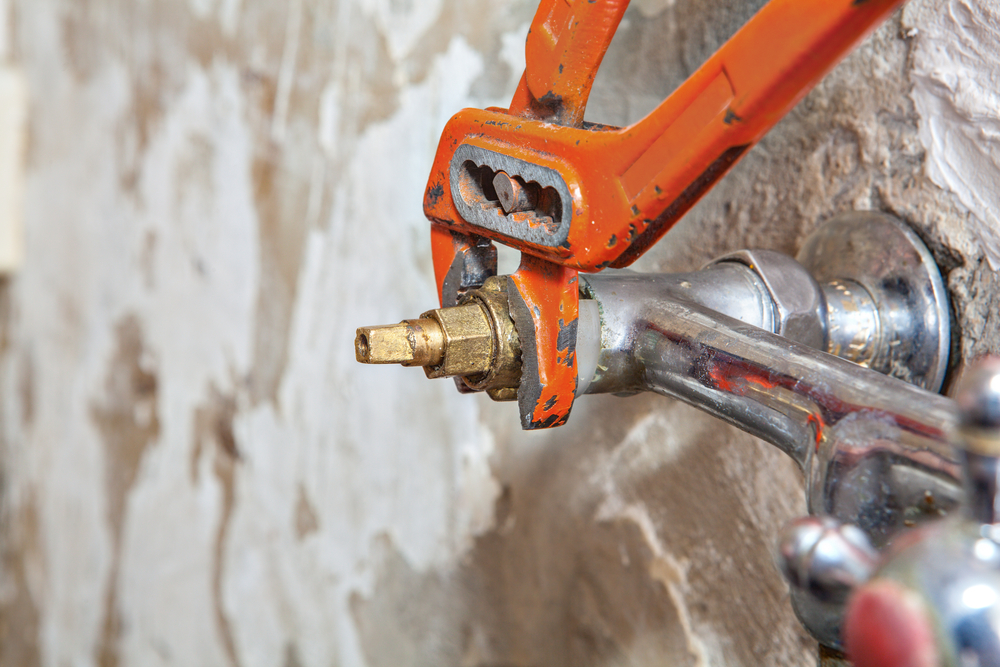Pavements that are not provided routine maintenance can create larger problems, as small cracks can eventually turn into potholes and craters. Crack repair services for asphalt pavements ensure that existing roads are maintained and minor repairs do not become more costly. Crack sealing is a common form of maintenance often applied to cracks of different sizes.
Causes of Pavement Distress
There are several forms of pavement distress. These include potholes, cracks, depressions, bleeding, and longitudinal streaking. Distress can be caused by external factors like weather conditions, traffic, and the passage of time. Other causes relate to poor pavement structure. This could be the result of a weak surface or base, poor drainage, lack of lateral support, excess asphalt, or poor construction.
Purpose of Crack Sealing
One of the most important maintenance activities for pavements is crack sealing. Ideally, this is conducted while a road or street still remains in fair or good condition, as the cost of addressing major pavement deficiencies is significantly larger than that of applying minor road repair. Major repairs and roads in poor condition not only risk safety, but are also more time-consuming and costly than routine maintenance.
Crack sealing prevents water from getting into the pavement structure. It helps to delay all kinds of pavement distress. In addition, crack sealing keeps extraneous materials from entering the pavement crack and causing further damage to the structure. The sealing lasts between three and eight years, depending on the materials used, pavement conditions, technique used, and climate of the area.

The performance and effectiveness of sealant will depend on the time of year that crack sealing is conducted. This is because the temperature affects the opening and closing of cracks.
Cracks are at their minimum opening width in the summer and at their maximum width in the winter. This means sealing processes done in the summer will result in the crack lacking filling come wintertime. On the other hand, filling in the winter will lead to an excess in the summer. Traffic can pull the sealing material out of the crack and onto the pavement.
Crack sealing should be conducted during spring or fall, when cracks are in the middle of their opening range and filling amount will not damage the pavement structure.
Different Sizes of Pavement Cracks
Hairline Cracks – These are cracks less than 1/8 of an inch in width. Numerous hairline cracks over a single large area can be sealed with a surface seal. This seal should be fluid enough to flow into and fill all existing hairline cracks.
Small Cracks – Cracks slightly larger than hairline cracks are usually widened to allow the sealant to enter. The crack then requires cleaning and sealing.
Medium Cracks – Cracks that are ½ inches to ¾ inches wide usually only need to be cleaned and sealed. If the crack is more than two inches deep, a backer rod should be installed to save on sealant.
Large Cracks – Larger cracks should be sealed with hot-poured sealant, asphalt sand mix, or an asphalt emulsion slurry seal.
Advance planning is required for road maintenance repair, as minor roadwork is preferred and timing is important for all forms of crack sealing.




